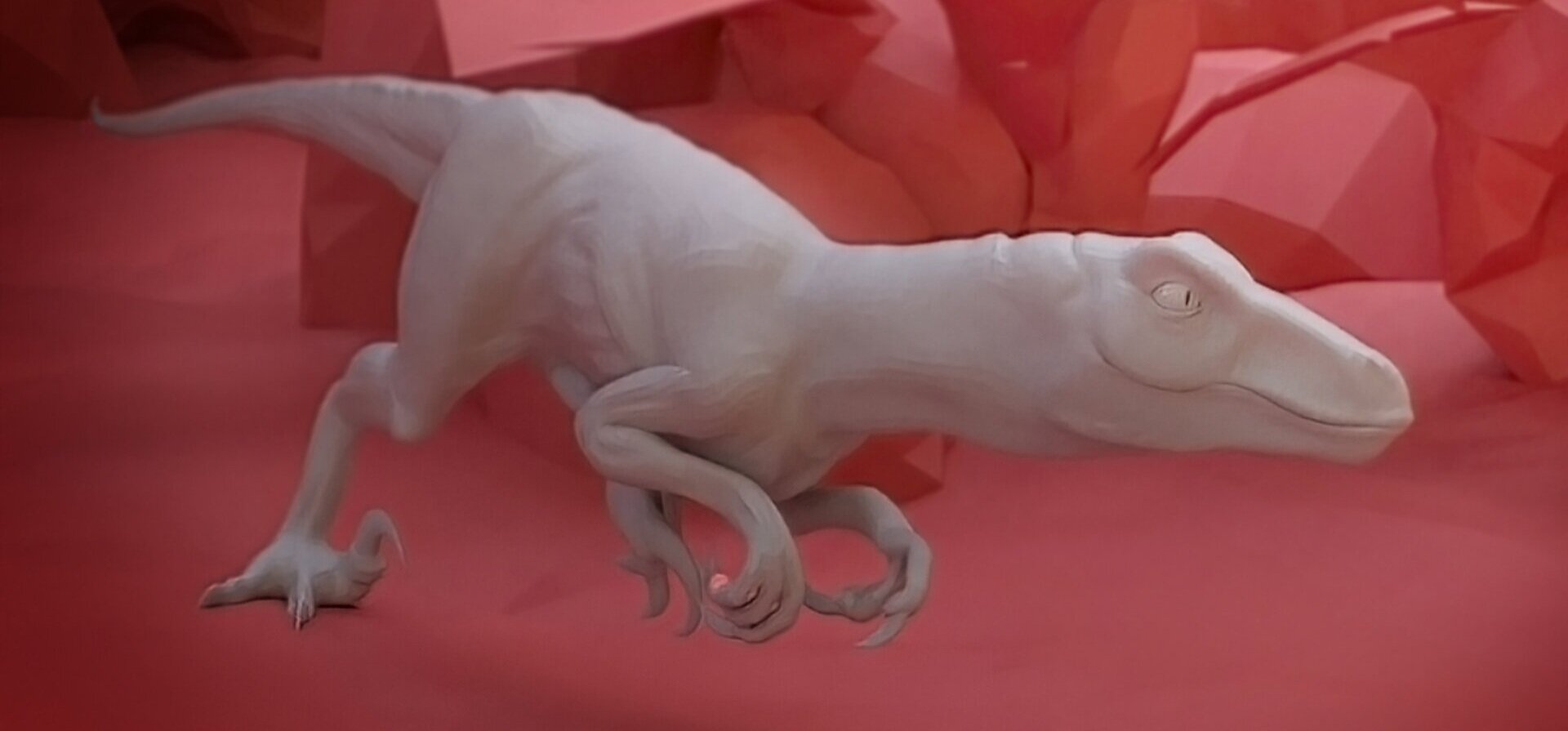
DC - Animation Methodology 1 / 2
Digital Creature Methodology 1/2 is a core course in the Digital Creature program that focuses on the principles of animation. The course explores body dynamics and how they affect motion, with an emphasis on developing strong animation skills. Students learn how to create believable creature animations using a variety of tools and techniques. In the second term, students apply their skills to the capstone project.
Make Them Roar
My approach to teaching animation in the Digital Creature program involves a pedagogy similar to the one used in the animation methodology course for Computer Animation. The course begins with a focus on basic human locomotion, including walks and runs, before moving on to animate different types of creatures. Throughout the term, we explore the similarities and differences between the creatures we animate to help students develop a deep understanding of how different forms of motion work.
To support this learning process, I've modelled and rigged the creatures that are used for the motion analysis exercises, as well as in my demonstrations. By providing students with these resources, they have a clear and detailed example to reference as they work on their own animations. Additionally, I emphasize the importance of studying reference footage to ensure that the animations are as realistic and believable as possible. By taking this approach, students develop a strong foundation in animation that they can apply to a wide range of creatures and projects.
This class is meant to complement the other courses in the Digital Creature program, giving students a greater understanding of how creatures move and behave. This will help inform their decision-making when it comes time for them to sculpt and rig their own creatures. We look at three different types of creatures: bipeds, primates, and quadrupeds, analyzing walks and runs for each type. The example to the right demonstrates the workflow for the biped creature, a raptor.
In the second semester of Digital Creature Methodology, the focus shifts towards the capstone project. During the initial four weeks, we develop unique motion tests for the students' Chimera. As we progress through the term, we explore the use of motion capture, with me as the volunteer to demonstrate the suit despite its tight fit. In addition, we take a day trip to Sheridan's research facility located in Pinewood Studios. Here, the technicians guide us through the process of using the expansive optical motion capture stage. Although I am not teaching this course this year, I find myself missing it as it was always a fun and engaging experience to explore the possibilities of motion capture with the students.
This is a character I build for the in-class motion capture exercise. I layered in a quadruped leg and dynamic elements into the Maya HIK mocap skeleton.



